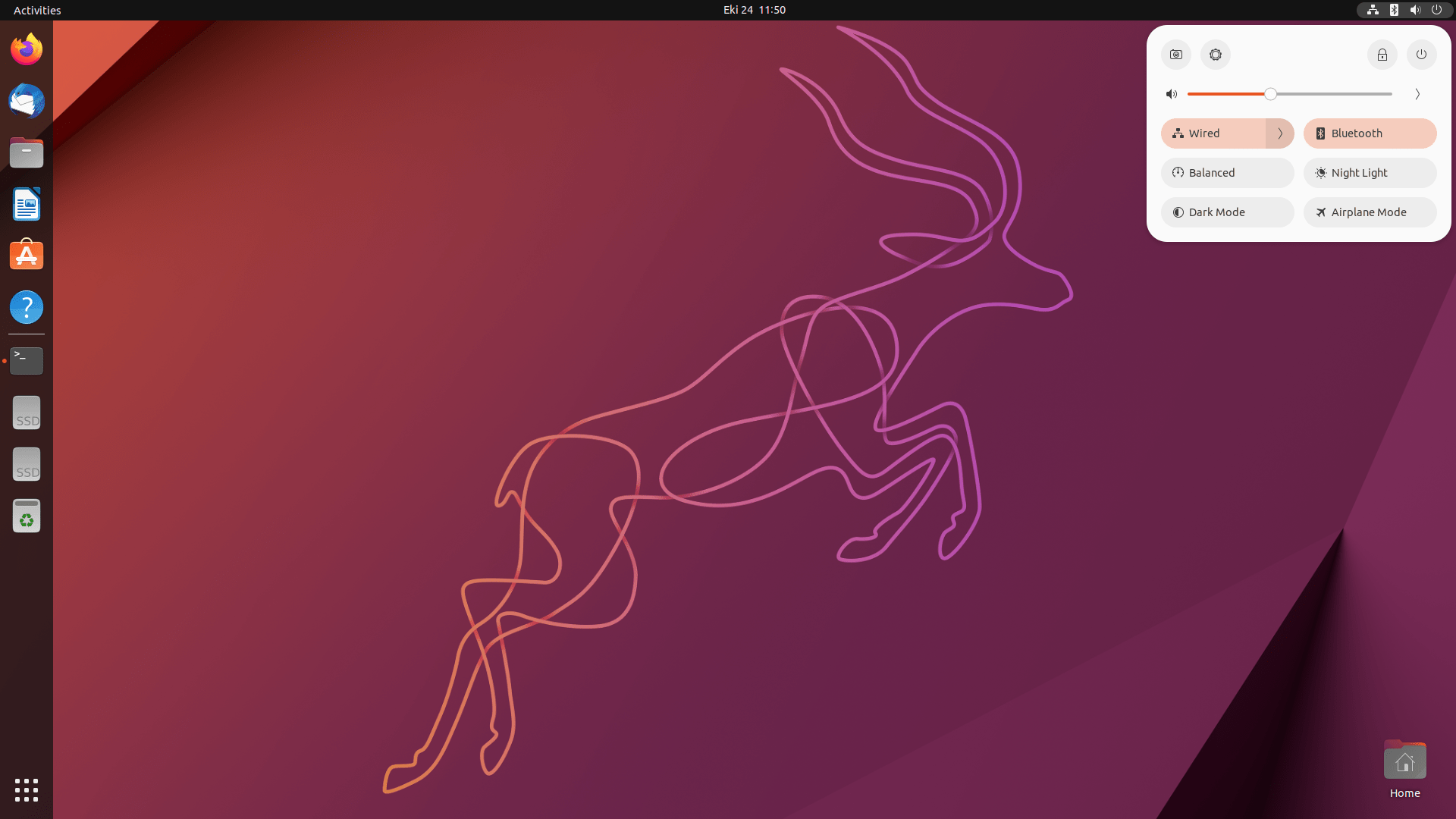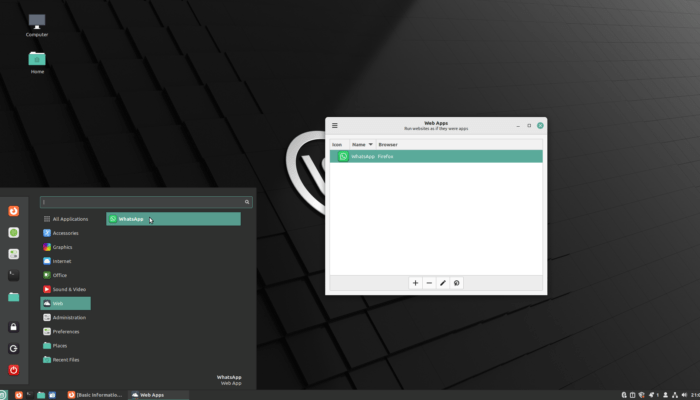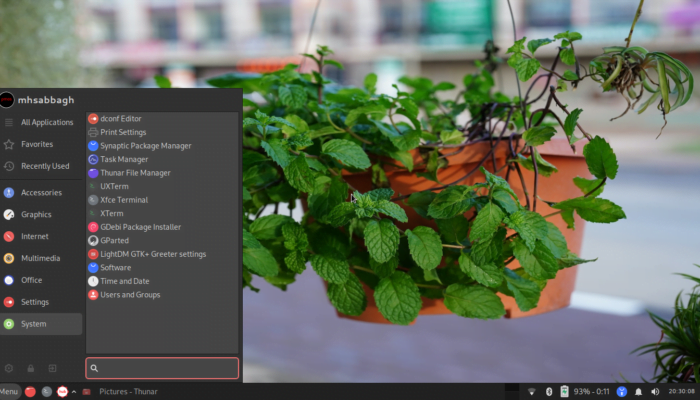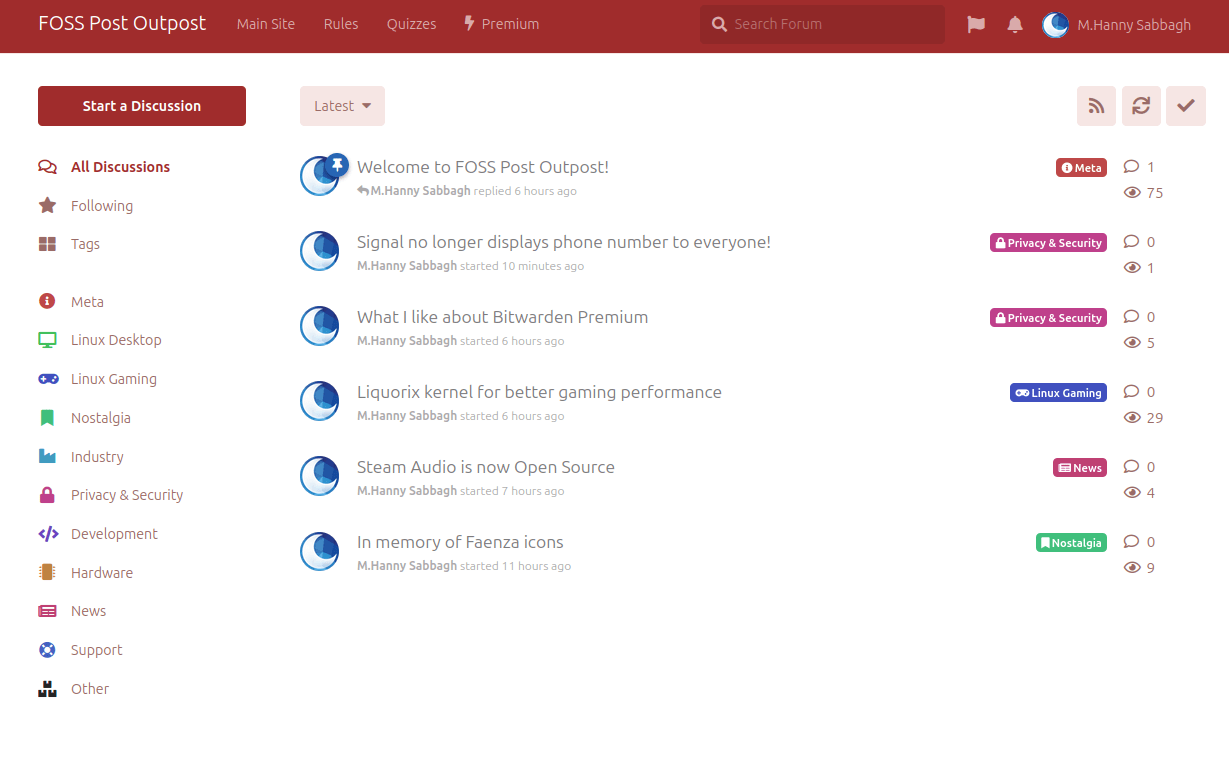Table of Contents:
Ubuntu 22.10 Review
-
Available Software
-
Creativity & Inventing
-
Daily Use Purposes
-
Stability & Bugs
-
Customizability
Summary
With GNOME 43 and PipeWire, you will be using the most modern software technologies that are there for Linux along with the most updated Ubuntu version. The Firefox Snap is now usable, making it a better release then previous releases for end-users. However, there are some UX issues with the GNOME desktop – as always – so you should expect handling these by yourself.
Pros
- Most recent GNOME 43 desktop.
- The modern audio system, PipeWire, instead of PulseAudio.
- Updated software packages such as Firefox and LibreOffice.
- Firefox Snap now much faster than before.
- New text editor instead of the old Gedit
Cons
- Some UX bugs exist in different parts of the GNOME 43 desktop.
- New text editor lacks plugins and some tweaks.
- Huge ISO filze size of 4.1 GB.
Few days ago, Canonical, the company behind Ubuntu, celebrated its distribution’s 18th birthday by releasing Ubuntu 22.10. The same day in which Ubuntu 4.10 was released back in 2004.
It means that Ubuntu is officially no longer underage! (jk).
Anyway, the new release contains a lot of changes and important updates to discuss. And in this article you will be reading a detailed review of Ubuntu 22.10.
Ubuntu 22.10 Review
1. The GNOME 43 Desktop

The most notable change in the new release is the inclusion of the GNOME 43 desktop, which was released just one month before Ubuntu 22.10 was released (back in September, 2022).
You can notice how the settings menu on the top right corner was updated to make all the possible settings buttons included in one place.
Additionally, you can now toggle dark mode whenever you need, which will change all GNOME’s supported applications from light to dark theme.
From Ubuntu’s side, desktop icons can now be configured from the control center. An example on a good setting is the location placement of new desktop icons:

But sadly, the dock’s behavior is not adjustable. For example, one would expect that clicking an open application’s icon on the dock would make it minimized, and vice versa if it was maximized (or highlighted on the top of other windows), but this is not the case; clicking the icon of an application that is already highlighted on the desktop does nothing in Ubuntu 22.10.
Perhaps disabling the default extension and replacing it with Dash to Panel is a better option.
Nautilus, the default file manager, now has a revamped navigation bar, which indeed looks more modern but can no longer be edited:

As you can expect from any GNOME software by now, the list of possible settings to adjust has been reduced to the following ones only (yes, this is all of them):
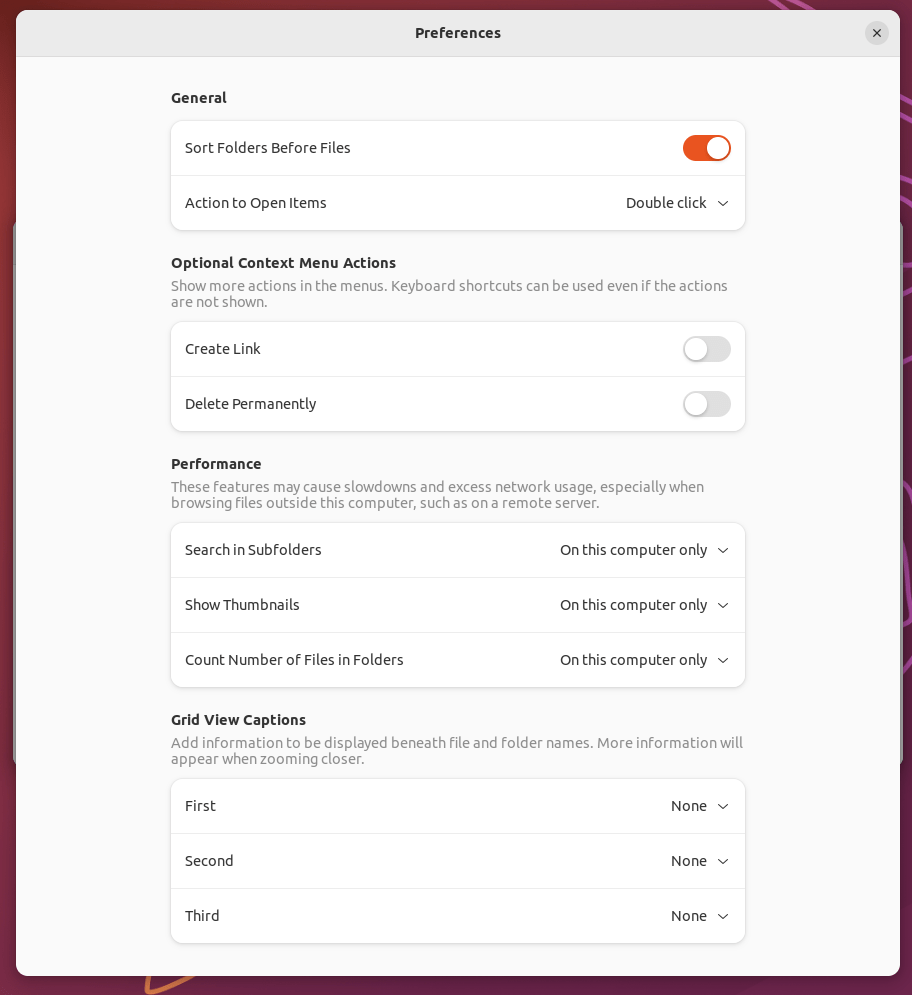
One issue, for example, is that you can no longer control the size of the image thumbnails however you like. You can choose from the following three preset thumbnail sizes only, but nothing in between:
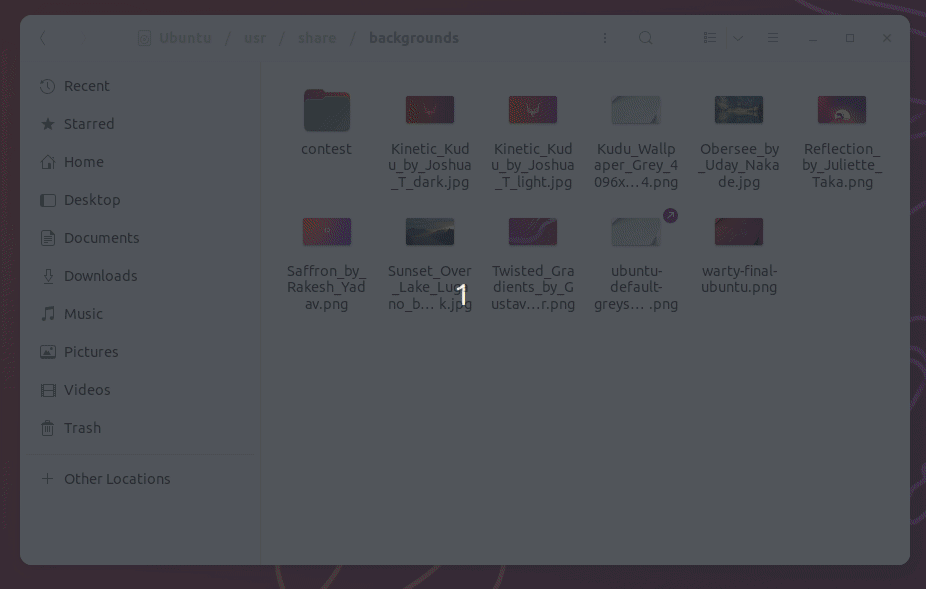
Also, we are back to the age where we can no longer create new files from the file manager. The “New File” option is gone, and you can only create new folders (I was like…):
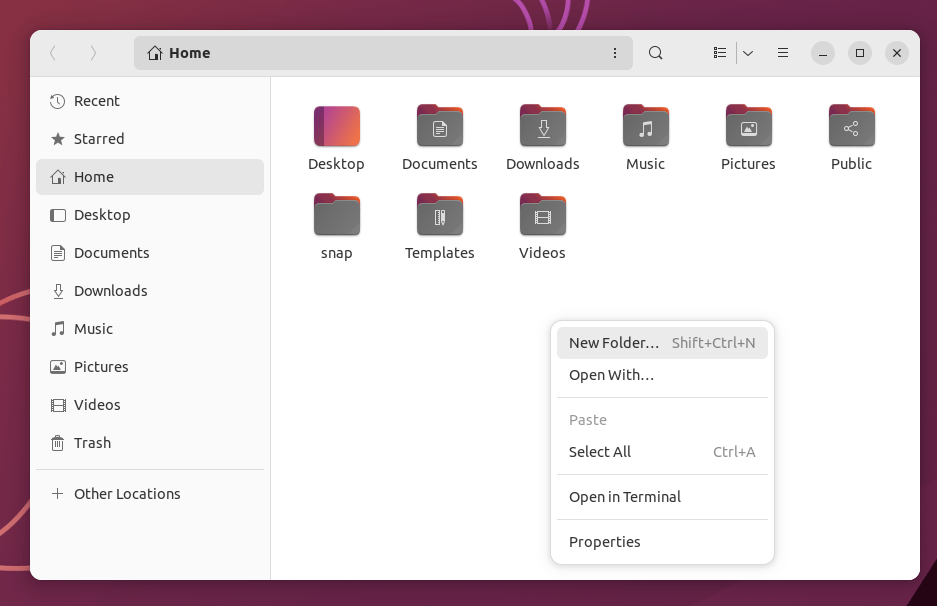
Additionally, if you tried to select an image file from your web browser using the file chooser dialog, then you will notice that there is no option to display image thumbnails, and you are stuck with these small icons for images, which is a serious UX drawback:

Yes, most of these minor issues are from the GNOME desktop itself and not from Ubuntu’s side. However, if we are talking about the most famous Linux distribution of all time, where most users are arguably newbies, then perhaps you should do some effort and polish the user experience before releasing the distribution to people?
There is no logical reason for sticking to the “pure” and dull GNOME experience. If your users wanted that, they would have gone with Fedora.
New Text Editor
GNOME Text Editor is a new software in the GNOME family. It officially replaced “Gedit” as the default text editor, because the latter – sadly – is no longer maintained.
The new text editor is written from scratch in C programming language, and designed with the libadwaita library, to make it more modern-looking and responsive (meaning that it also works on phones or small screens):
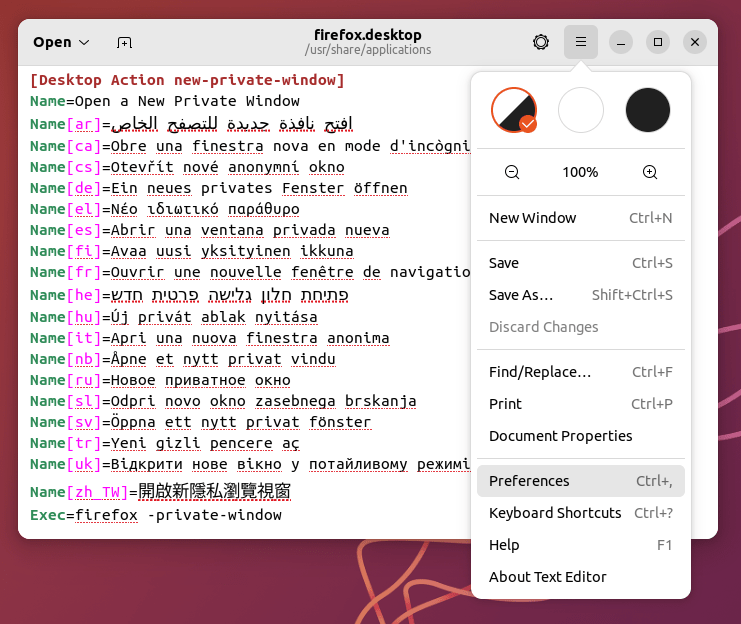
It does the basic job of text editing pretty well, and its quick settings are helpful most of the times.
However, there are some minor issues with it.
There is an annoying margin added to the opened text files from the top and left sides, which can not be removed even if you wish to:

The software lags when trying to open large text files (1.6GB in our case) and stops working, and the system does not even offer to close this unresponsive application to you no matter what you try to do. But Gedit could easily open the files after around 15-20 seconds of waiting, and if it hangs, then the system will offer you to shot it down, unlike the case here:
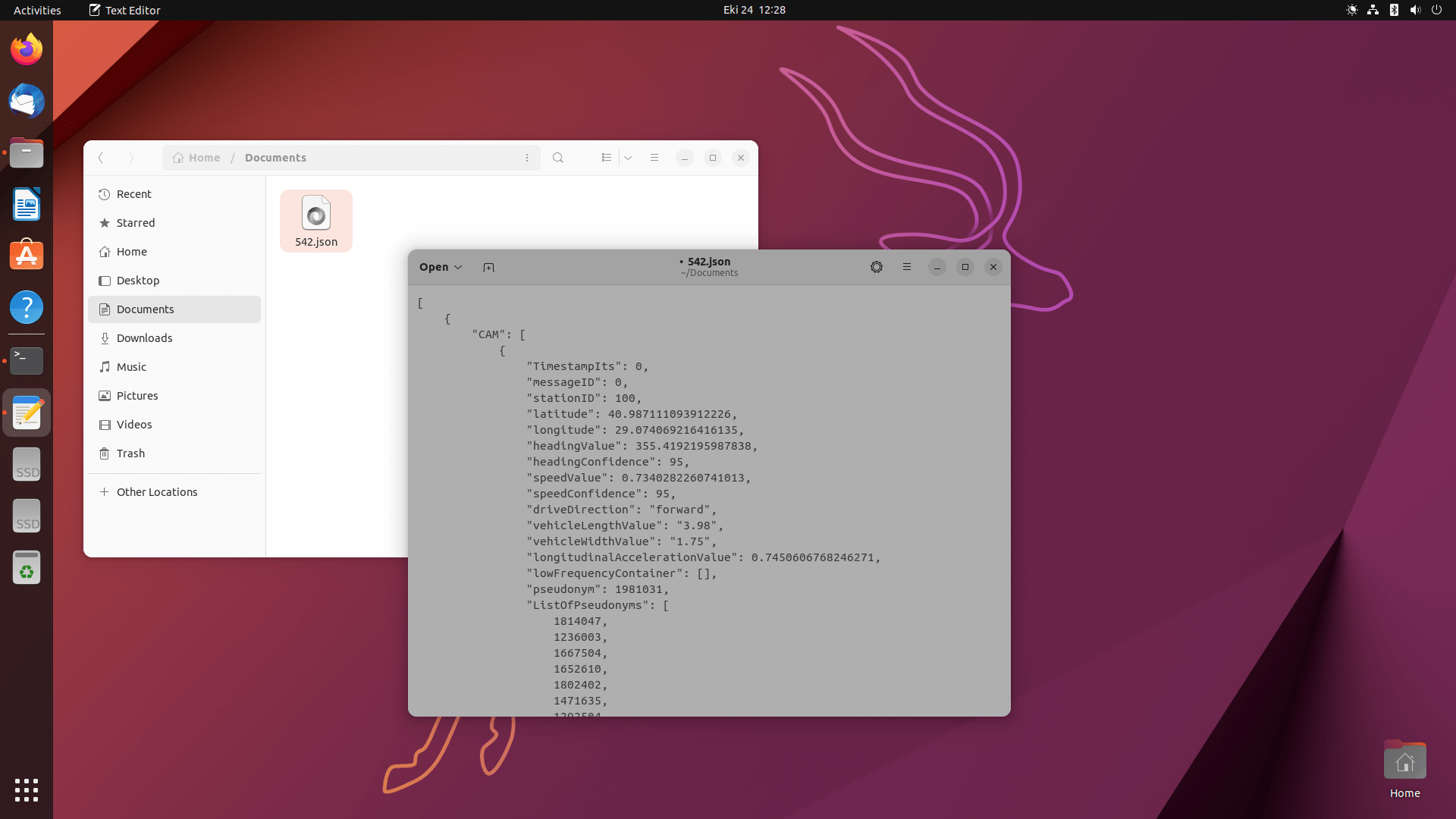
There is this weird empty box in the file chooser when saving a file:

Also, plugins are not supported. This means Gedit plugins (or any plugins) are not going to work with the new text editor.
PipeWire instead of PulseAudio
PipeWire is a new audio system that is starting to replace the old PulseAudio in many different Linux distributions. It aims to:
- Have a minimal latency for audio operations.
- Be graph-based, meaning that input and output devices are thought of as graph points that can be linked and unlinked in any way the user likes.
- Support a modern permissions adjustment setup, so that it can be used with app formats like Flatpaks, which adds a better security.
Ubuntu 22.10 is using PipeWire instead of PulseAudio. However, in most cases, there is no noticeable difference for the average end-user in terms of audio quality.
What matters, though, are the available tools for each audio system.
PipeWire is starting to get 3rd-party tools that can make it much easier to tweak and use. For example, Helvum allows you to see how audio is configured on your system, and you can link and unlink audio input and output devices however you like. EasyEffects is another tool which allows you to add audio effects in real-time to any audio source you want, so that these effects are only applied to some applications (e.g Discord or Firefox) and not everything on your system. Great tool if you ask us.
There might be some bugs and issues on some setups with PipeWire, but this is just the beginning for it; it is not even 5 years old, and will definitely get better if it gets more adoption.
The Firefox Snap Now Snaps
We already know that Ubuntu switched to making Firefox come in a Snap package instead of a DEB package back in previous releases. This brought many issues with it, among those was the performance issue; your web browser now takes around 7 to 10 seconds to just launch, and it feels laggy.
This issue is mostly solved in Ubuntu 22.10; from our experiments, Firefox now takes 1 to 2 seconds to launch after a fresh boot although it is still located inside a Snap package.

Mozilla added the “independent voices” feature to Firefox, which allows users to customize the look and feel of their browser in more colors and sizes than before. However, weirdly enough, it has an expiry date as if it was some spoiled milk?
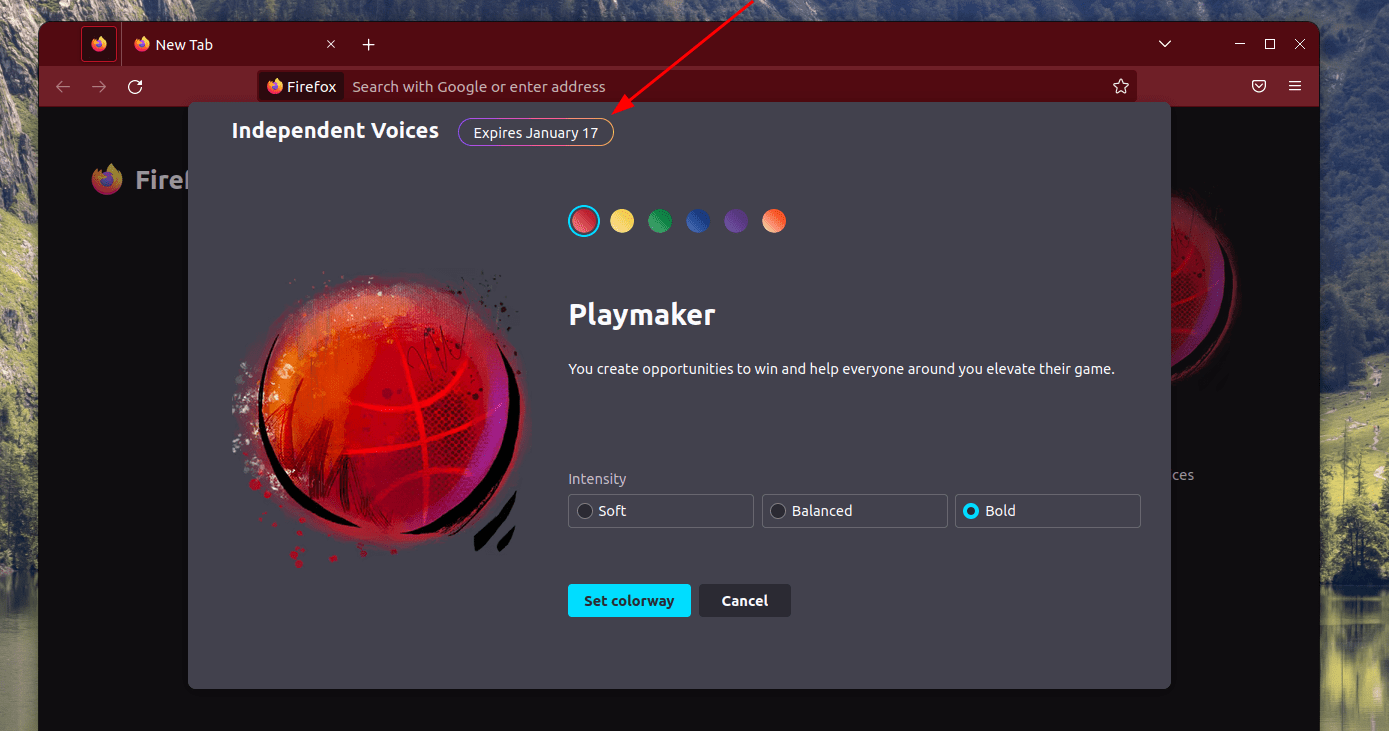
Firefox 106 now includes a built-in PDF editor. It does not contain a lot of options at the moment, but it does the basic job of PDF highlighting, if you shall need it:

Software Management
There is nothing especially new in Ubuntu 22.10 about software management; everything is the same. You can install both Snap and DEB packages from the software store for the same software:
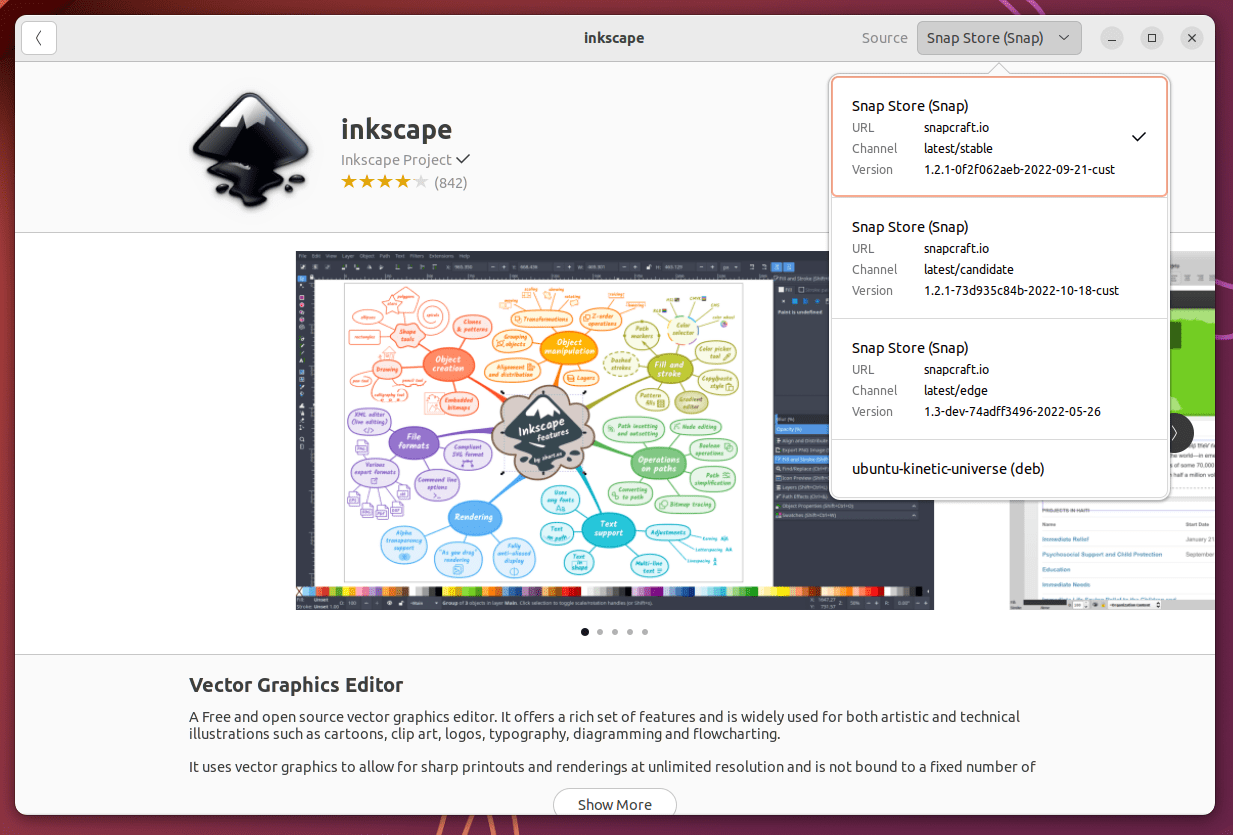
However, perhaps this behaviour needs to be changed to make DEB packages get priority over Snap packages? Considering that many users are currently facing issues with different Snap applications, then maybe it shouldn’t be the default option.
Also notice how the Snap options in the list display the complete version information, but the DEB version displays nothing.
ISO File Size
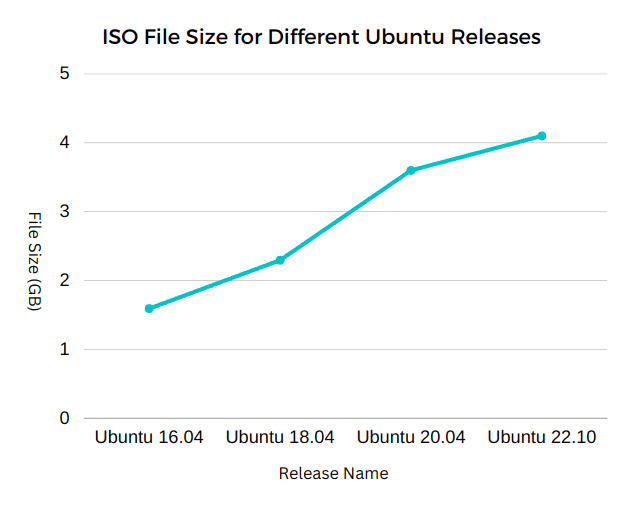
We have been tracking Ubuntu’s ISO file size over the last few years, and can notice that the ISO file size for the latest Ubuntu releases has increased significantly. Ubuntu 22.10 comes in a massive 4.07GB ISO file.
Back in the days, at least few years ago, you could get a “DVD version” of a Linux distribution that fits on a 4.7GB DVD. This “DVD Version” in most of the cases contained either multiple desktop environments, allowing the user to choose whatever the user wants, or a set of huge number of additional packages so that the user doesn’t need to download them again if needed (a local repository for packages).
But Ubuntu 22.10 has none of that; it’s just a GNOME desktop with LibreOffice and Firefox, and yet it comes in a 4.1GB ISO file size. Why is that?
One reason could be that software dependencies have grown significantly; we now have much more diverse ecosystem of libraries and frameworks for developing desktop applications, and supporting these requires adding more dependencies to the system.
Another reason is backward compatibility. Ubuntu 22.10 for example comes with both Xorg and Wayland sessions for GNOME, and comes with PipeWire but with PulseAudio devices and configurations support, and comes with both Snaps and DEB packages, and comes with both libadwaita applications from GNOME 43 and the non-libadwaita applications, and GTK 3 and GTK 4 libraries… Overall you will get much bloat if you wanted to support all of these.
That still does not excuse it, though, because other distributions such as Fedora come in 1.9GB ISOs only.
Performance Results
Ubuntu 22.10 boots in around 9 seconds on a normal SSD SATA disk:
mhsabbagh@fosspost:~$ systemd-analyze
Startup finished in 3.632s (kernel) + 8.877s (userspace) = 12.509s
graphical.target reached after 8.869s in userspace.
And consumes 1.2GB of RAM after a fresh boot:
mhsabbagh@fosspost:~$ free -m
total used free shared buff/cache available
Mem: 15907 1225 13606 2 1075 14403
Swap: 0 0 0
This review was done on the following hardware:
- CPU: AMD Ryzen 1600, 6 cores and 12 threads.
- GPU: Asrock AMD RX 580, 4GB of VRAM dual-channel.
- RAM: 16GB OF DDR4 RAM, 3000MhZ.
- Motherboard: ASUS Dragon B450M.
- SSD: Apacer Panther AS340 240GB SSD.
Download Ubuntu 22.10
You can go ahead and download Ubuntu 22.10 from its official website.
Be advised that this is a non-LTS release, meaning that it will be supported for updates for just 9 months. Afterwards, you need to upgrade to Ubuntu 23.04 when it is released, or you will be using an unmaintained system.
Additionally, be advised that there are some other Ubunty flavors like Ubuntu MATE or Xubuntu that you may want to explore. They offer a better experience than the vanilla Ubuntu release.
Conclusion
Overall the Ubuntu 22.10 is the most modern Ubuntu release that is out there. With GNOME 43 and PipeWire, you will be using the most modern software technologies that are there for Linux. The Firefox Snap is now usable, making it a better release then the previous releases for end-users.
However, if you like stability and hate change, then perhaps staying on Ubuntu 22.04 LTS is a better option for you. Otherwise, Linux enthusiasts are advised to give the new release a try.
Ubuntu 22.10 Review
-
Available Software
-
Creativity & Inventing
-
Daily Use Purposes
-
Stability & Bugs
-
Customizability
Summary
With GNOME 43 and PipeWire, you will be using the most modern software technologies that are there for Linux along with the most updated Ubuntu version. The Firefox Snap is now usable, making it a better release then previous releases for end-users. However, there are some UX issues with the GNOME desktop – as always – so you should expect handling these by yourself.
Pros
- Most recent GNOME 43 desktop.
- The modern audio system, PipeWire, instead of PulseAudio.
- Updated software packages such as Firefox and LibreOffice.
- Firefox Snap now much faster than before.
- New text editor instead of the old Gedit
Cons
- Some UX bugs exist in different parts of the GNOME 43 desktop.
- New text editor lacks plugins and some tweaks.
- Huge ISO filze size of 4.1 GB.
Hanny is a computer science & engineering graduate with a master degree, and an open source software developer. He has created a lot of open source programs over the years, and maintains separate online platforms for promoting open source in his local communities.
Hanny is the founder of FOSS Post.
